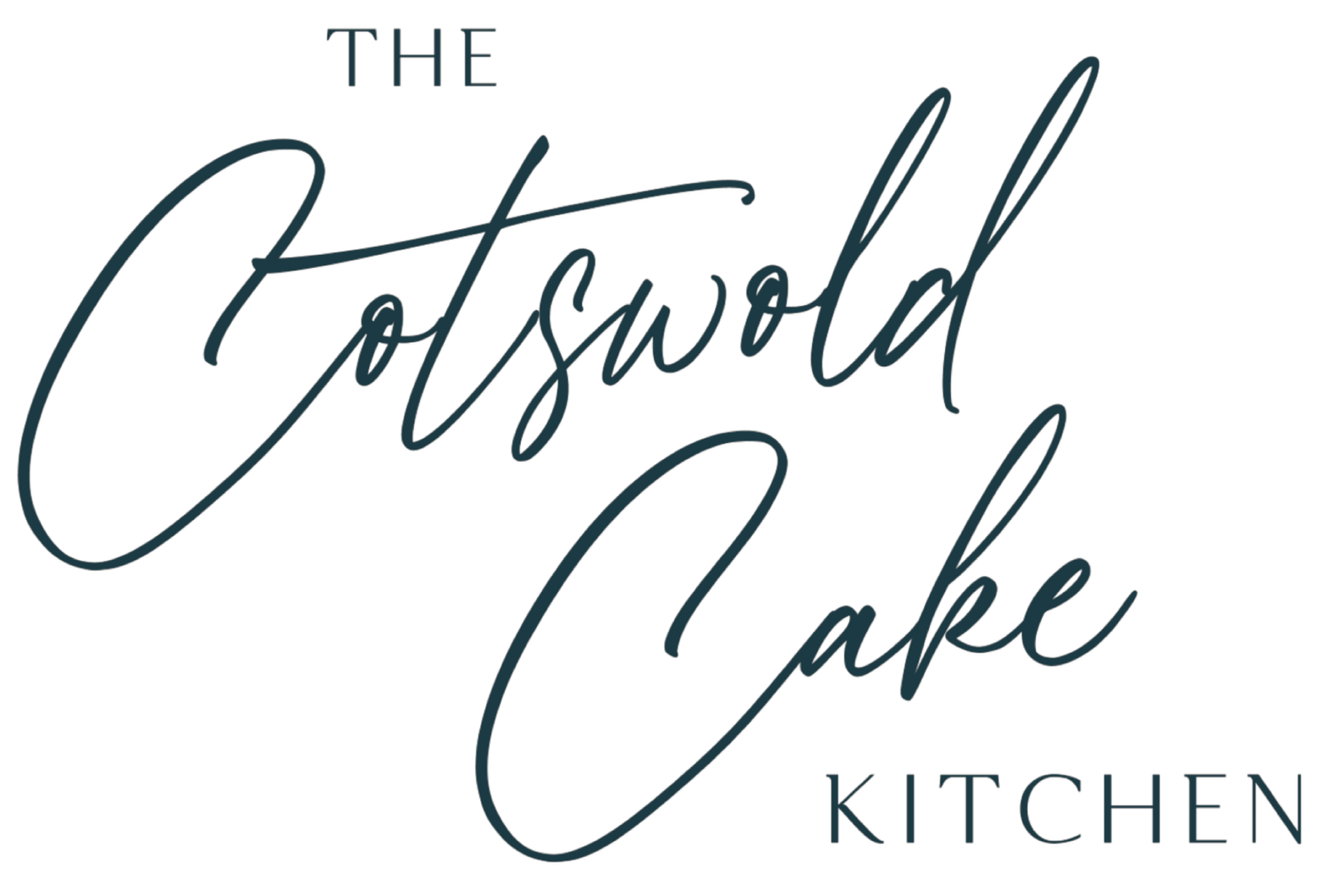So what’s the difference between sugarpaste and fondant? I was thinking about this the other day, don’t ask me why, I’d probably just been watching Cake Boss, I don’t remember. However, the answer’s actually nothing! What you call it just depends on where you live. And just to be clear I’m talking about the soft roll out icing used to cover a cake, not fondant as we know it in the UK which is something totally different.
When you’re looking for a wedding cake this confusion doesn’t really help, especially when searching on the web. You’re probably thinking it’s just icing right, what can be that complicated? I can already see your eyes glazing over.
Anyway the whole point of writing this was just an idea to help explain the different names for the different icings so that basically you know your choices, whether or not you’re a buttercream or fondant lover or just prefer a simply naked wedding cake.
The list is by no means exhaustive but I have included a few other icings also used in cake decorating just in case any newbie cake decorators out there might also be interested.
Sugarpaste
Also known as fondant in the US and also called ready to roll icing/paste or covering paste.
A soft icing that is rolled out to cover a cake to give a beautiful smooth finish.
Royal Icing
Made with egg whites or meringue powder and icing sugar to make a soft thick wet icing that dries hard. Used normally for piping intricate details onto a cake. Traditionally rich fruit wedding cakes were covered in marzipan and royal icing before being decorated. Can also be used for decorating cookies, piping sugar flowers and stencil work.
Buttercream
Whether you’re talking about classic buttercream, Italian or Swiss meringue to name a few, this icing has a creamy texture made with the main ingredient of, yes you’ve guessed it butter. Used as a filling or for covering your cake. This is the usual icing used for the piped swirls on top of cupcakes.
Ganache
A deliciously rich combination of chocolate and cream that can be used as a filling or a covering for a cake. Consistency of ganache can be either pourable or spreadable. Most useful in wedding cakes as a foundation under your sugarpaste in order to achieve super sharp edges on your cake. Also used to create drips down the side of cakes for the recent trend of drip cakes.
Fondant (Pouring)
Not to be confused with the American term for fondant above. Fondant in the UK is an icing used for pouring and dipping, such as that on sweet buns or those little square cakes, Fondant Fancies, these are covered with fondant icing.
Flower Paste
Also know as gum paste in the US and also called petal paste, florist paste or floral paste.
Used for making intricate decorations and sugar flowers. This icing can be rolled extremely thin due to its elasticity and sets hard, you would not cover a cake with this icing. Once dried, this icing becomes brittle, hence making sugar flowers extremely delicate to handle, but also wonderfully realistic.
Modelling Paste
A soft malleable dough like icing that is primarily used for modelled characters where it needs to hold its shape and dry fairly quickly, but can remain soft enough to eat. Made usually by adding CMC gum to sugarpaste or mixing sugarpaste with flower paste. You would not cover a cake with this.
Marzipan
Also known as almond paste.
Made with ground almonds and sugar to make a soft dough that can be rolled out and used to cover cakes or create ornamental decorations such as fruits and modelled characters.
If you’re not an icing lover then you might like the following alternatives for your wedding cake icing or more rather the lack of it in these cases.
Naked cake
Basically a bare cake i.e. not covered with any kind of icing at all, where the layers of cake and filling are on show. Tends to be decorated with fruit, flowers and a simple dusting of icing sugar.
Semi-naked cake
Whether you call it semi-naked or half-dressed this refers to a cake that has a very thin layer of buttercream on the outer surface, usually thin enough that the cake layers can be still be seen under the icing.
So for the icing on your cake, will you choose to go naked or cover up? If you’ve still got questions why not ask me.

